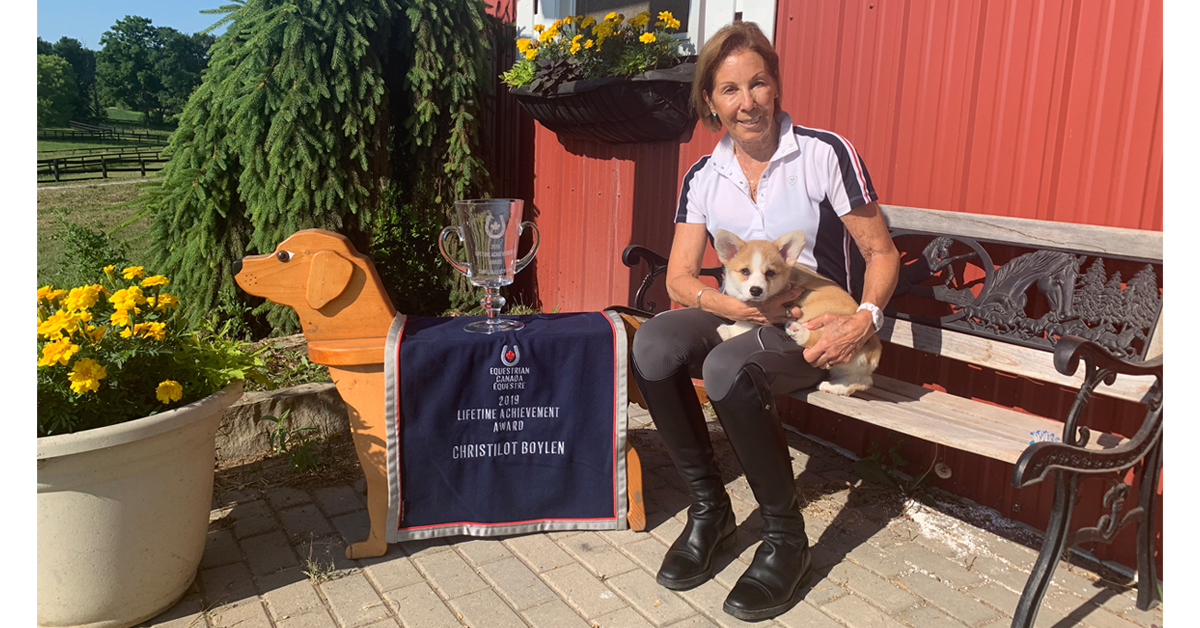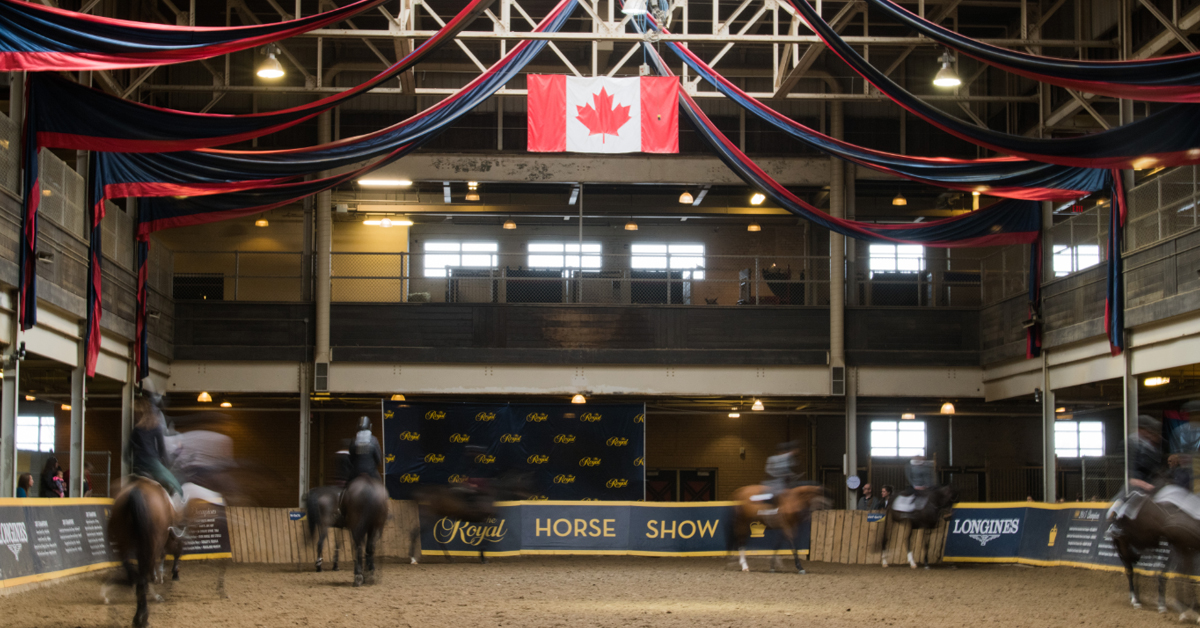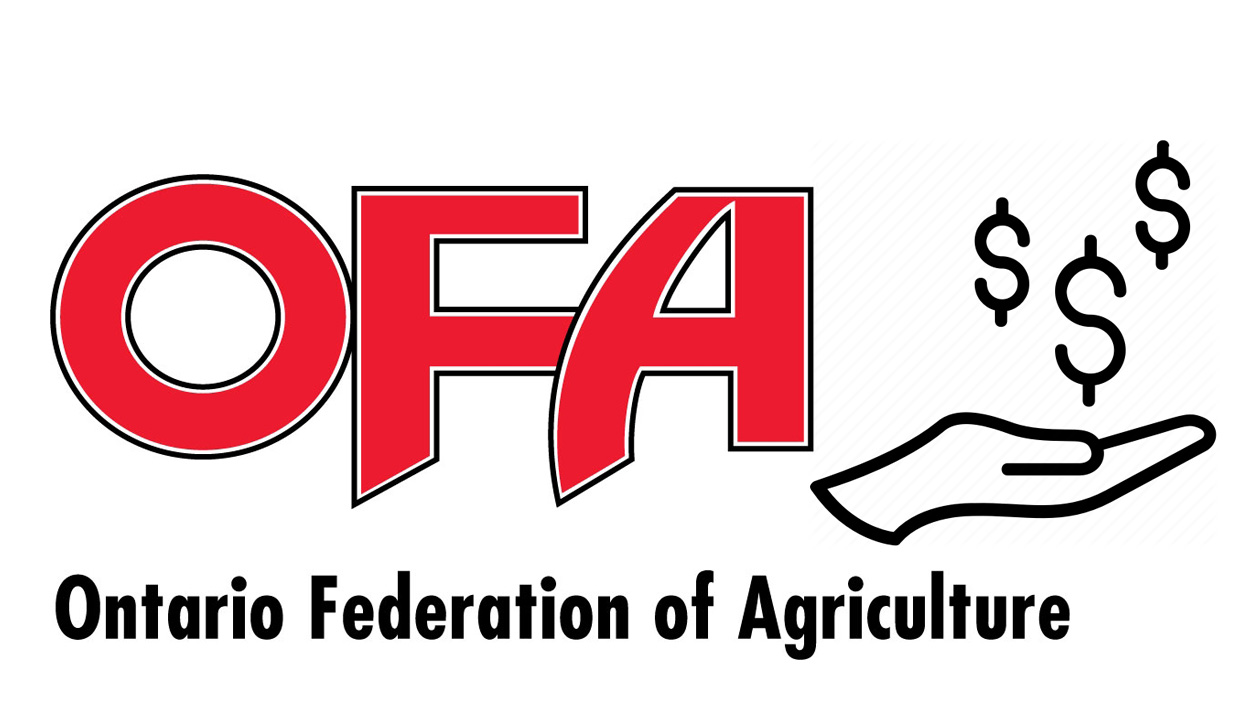Max Amman, the man who created the FEI World Cupâ„¢ Jumping series which this week celebrates its 30th finale in Gothenburg, Sweden, reflects on the birth, growth and success of one of equestrian sport’s most popular and enduring series……..
It was just the germ of an idea at the start. Swiss journalist, Max Amman, was employed at a daily newspaper in Lucerne in 1968 when the World Ranking List for Jumping Riders first became a reality and, in his elevated role as Editor in Chief, he had the freedom to fly around the globe indulging his passion for equestrian sport.
It was during his travels between 1973 and 1976 that he began to notice that equestrian competitions were beginning to lose media attention. “In the 1960’s tennis really took off and in the 1970’s golf did the same – and more new sports were appearing all the time to challenge for the same newspaper space. I saw that major shows and championships were not getting the same degree of coverage as had previously been the case, and I realised that something needed to be done quickly to rectify the situation,” Max explains.
He wasn’t the only one. In Britain the late, great Raymond Brooks-Ward whose name will always be so closely linked to the extensive TV coverage given to British show jumping during the golden era of Harvey Smith and David Broome was also becoming concerned. “Raymond and I talked about it, and we wondered what we could do to improve things but nothing really came of our discussions at the time” says Max. But the Swiss man wasn’t going to let it go at that.
Grand Slam events were becoming the order of the day – “there was the Skiing World Championship and the Football World Cup and of course Formula 1 Motor Racing – I wondered if we could do something similar” he explains, recalling his thought processes at the time. A show jumping World Cup series had been initiated in 1964, but it was having little or no impact. “Show Organisers were so concentrated on their own issues that it was going nowhere – so I began to think about how to create a series that would inspire both the media and the riders”. There was one other big hurdle to be cleared first however. He needed to bring the international governing body for equestrian sport onboard, and he soon found a way to do that.
In 1974 the International Alliance of Equestrian Journalists (IAEJ) was founded and Max became the organisation’s first President. In that role he asked for a meeting with then FEI President, Prince Philip, during the Olympic Games in Montreal in 1976 to discuss working conditions for the press and whether it might be possible for the IAEJ to become a “partner” of the FEI. At the end of the meeting he introduced his own agenda, presenting his idea for a prestigious World Cup series for jumping riders, and Prince Philip told him to put forward a proposal. He had the bit between his teeth now and he wasn’t going to let go…..
“I started to present the idea to more people, and initially the riders were more responsive than the journalists. Alan Smith (the evergreen legend from “The Daily Telegraph” in England) was keen on it but others were not – however many of the riders could see the potential” Max points out.
Another piece of the jigsaw fell into place the following year with the foundation of the International Jumping Riders Club. Max helped to write the fledgling organisation’s statutes and became its first Secretary. “I had a double-function now – I could talk to the riders about how to put the new series together and I could also talk to organisers about what they needed in order to make it happen” he explains.
It was quickly accepted that it should be restricted to indoor events only and Max travelled to meetings all around the world to discuss the format – “in the spring of 1978 I went to New York to talk with Bill Steinkraus. In my view it wasn’t feasible to stage a unified world series like Formula 1 motor racing” he points out.
At the time there was already a migration of a number of riders from Europe to America each winter season and it was suggested that the series might revolve around a number of European shows followed by a trip to North America, then back to Europe again and a return to the US in February each year. “But Bill pointed out that it would be much too expensive to run it like that and there were also too many clashes of dates, so the league system was introduced instead” Max explains.
Initially there would be just the North American and Western European Leagues with a final alternating between the two regions, but the system allowed for the addition of new leagues as time went on. Now it was important to find a suitable location for the first grand final – “and at the time there were two big indoor shows in April each year in Geneva and Gothenburg with big international sponsors – Piaget and Volvo – so they seemed like the best options” Max says. The former proved disinterested however so in April 1978 Max sat down with German businessman and jumping star Paul Schockemohle and Swedish businessman Pehr Gyllenhammar who was CEO and Chairman of Volvo for a 14 year period between 1970 and 1994. Max was in the big league himself now.
“Pehr expressed an interest in the series idea and told me to write to him about it and to come down to Gothenburg to discuss it in August” Max recalls. He did just that, explaining during a dinner-meeting that he needed 0.5million for prize money and to bring the horses over from the US, and by the time the coffee was being poured at the end of the meal the deal was done. It would include payment for the inaugural final in Gothenburg – and the rest is history……
The first final in 1979 provided the perfect story-line as it evolved into a US versus Europe struggle with Austria’s Hugo Simon coming out on top in a marathon battle with America’s Katie Monahan while Ireland’s Eddie Macken and America’s Norman dello Joio shared third place. The final moved to Baltimore in the US the following year and then to Birmingham in England in 1981 before returning again to Gothenburg which will always be considered the real “home” of the series. Ask Max, who became World Cup Director in October 1978, why the Scandinavium Arena has such a special place in the hearts of all those connected with the Rolex FEI World Cupâ„¢ Jumping series and he will tell you that it is the combination of a great stadium, excellent nearby hotel, catering and exhibition facilities and the unique input of the Swedish spectators. “They are the best in the world – so young and enthusiastic and the roar they make when the riders come into the arena is like nothing you have ever heard before!” he says with a laugh.
Of course like everything in life the series has not always gone perfectly to plan. Asked about the most memorable hiccup, Max recalls Paris in 1987 which nearly flopped because the ground was so unsuitable for jumping horses. “It was far too wet and about 20 to 30 centimetres deep – it seemed like we were looking at a major disaster” Max remembers, but of course there is always someone who can gallop to the rescue if you look in the right place. “It was the Technical Delegate, Robert Jolicoeur, who came up with a brilliant idea. The arena floor was sometimes used as an ice-rink so he realised that if you could freeze the floor then you must also be able to heat it so we warmed it and it dried out beautifully – Paris became one of the most stylish events on the entire calendar after that!” Max recalls.
There were also some more worrying moments during the 1992 final in Del Mal, California because there was no roof on the stadium and there were huge concerns about what would happen if it rained. But luck ensured that the wet stuff held off until two hours after the final was over – “we had put 30 tables into the arena for a little party after the show was over and it suddenly began to rain but we didn’t complain!” he says.
Ask him about his favourite horse over the 30-year history of the series and he will give you an answer that probably won’t surprise you – “Milton – he was a great winner and a lovely horse – everyone remembers him” Max points out, and as for his favourite rider – well no surprises there either. “John Whitaker – he is a great rider no matter what horse he is sitting on” Max says.
So with Rolex now sponsoring the Western European League and Final of the FEI World Cupâ„¢ Jumping series the 30th grand final kicks off this week and the man whose vision and determination made it all happen will be present on the side-lines once again. Expansion has been colossal since that first 1978/1979 season. Riders from 14 different leagues on all continents have been fighting for a place at the 2007/2008 decider and their dream is to hold aloft the coveted trophy which represents the ultimate accolade in indoor jumping.
“The World Cup qualifiers play a very important role in the overall structure of the sport, especially for the smaller leagues. They help riders to develop, and if one future star emerges from one of the relatively minor leagues every now and then that is very satisfying indeed” Max points out.
His legacy is a significant one. Max Amman can take great satisfaction in the knowledge that his creation has become one of equestrian sport’s greatest assets.
More from Horse Sport:




